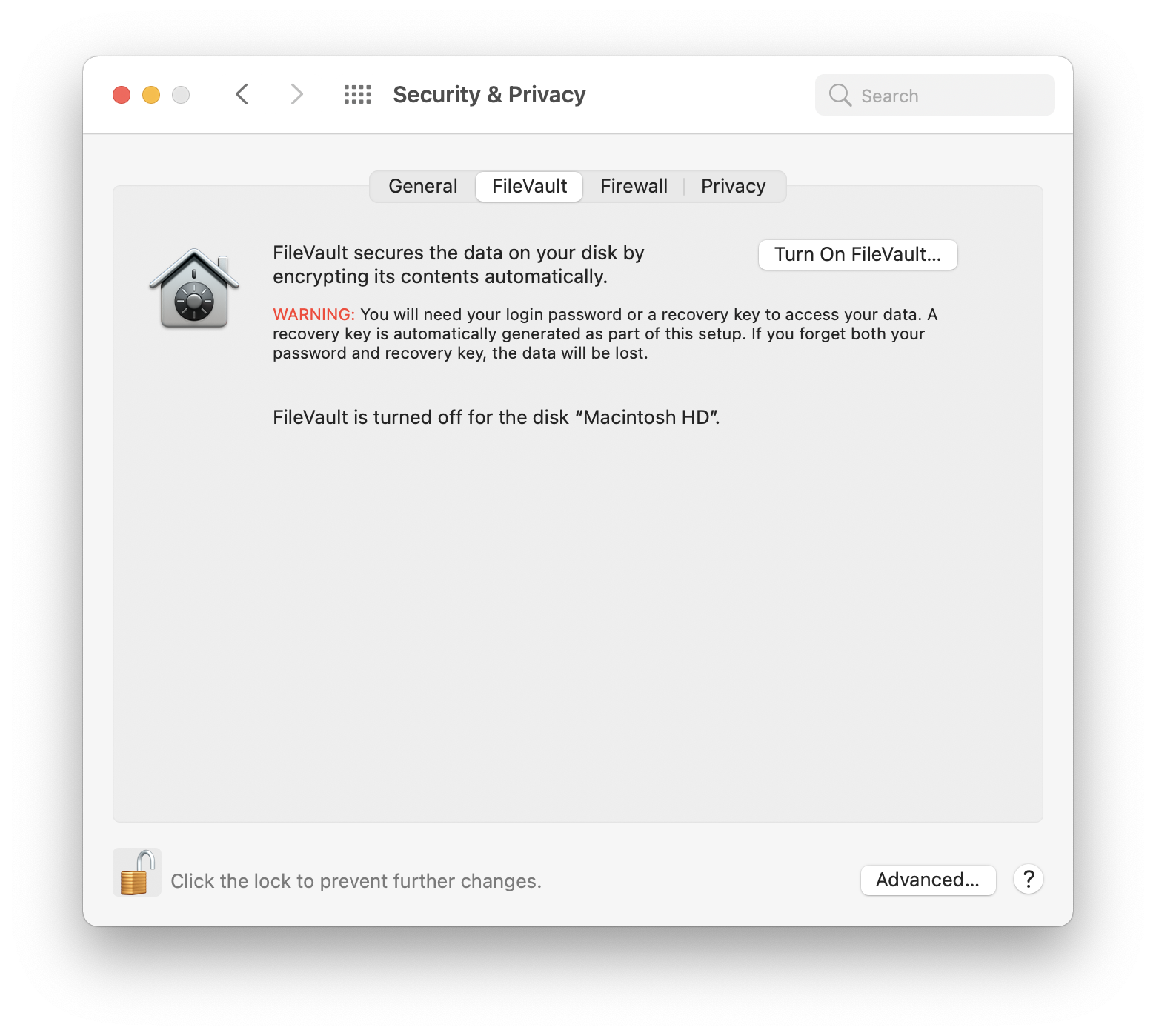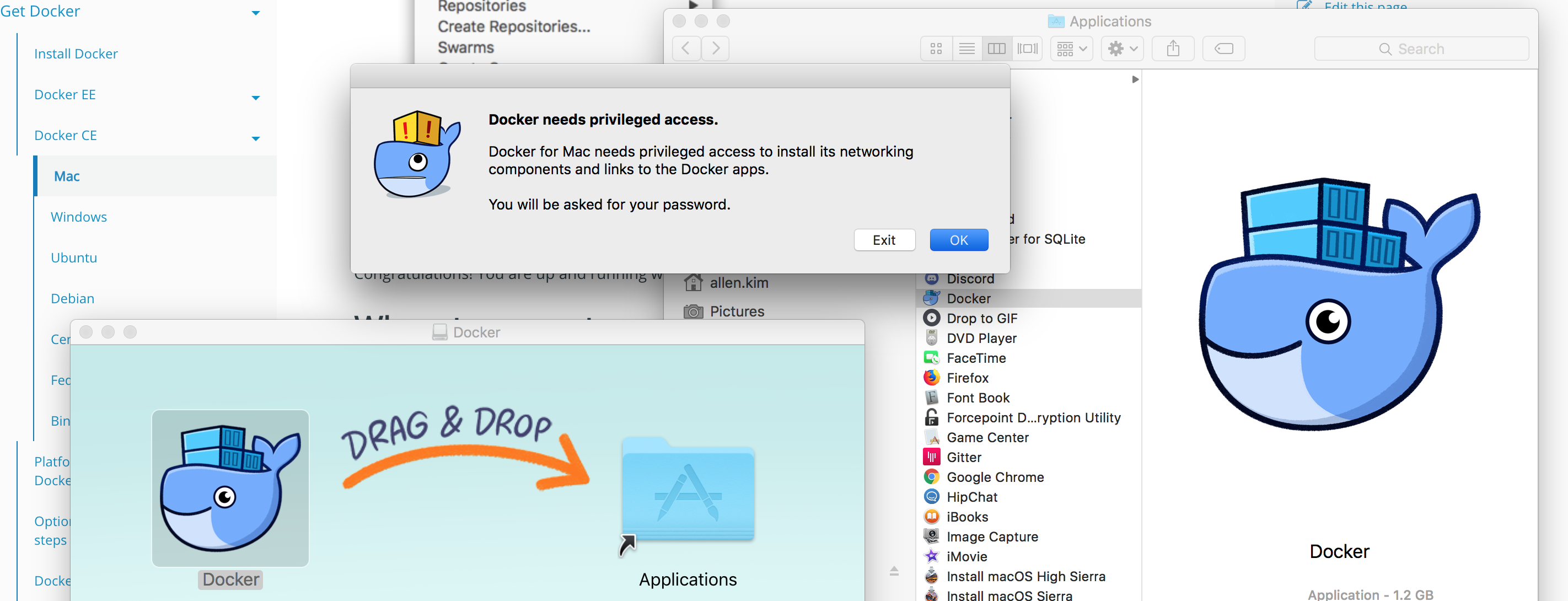



On macOS, Docker’s daemon runs inside a Linux VM. On an “out-of-the-box” Linux installation, the Docker client, daemon, and all containers run directly on localhost, meaning you can access ports on a Docker container using localhost addressing something like localhost:8080 or 0.0.0.0:8376.
#MAC FOR DOCKER INSTALL#
Take a few minutes to understand some key concepts before you install Docker.
#MAC FOR DOCKER FOR MAC#
Docker Machineĭocker for Mac does not affect previous machines created via Docker Machine, The installation gives you the option to copy containers and images from your local default machine if you have one.

When you want to use a VirtualBox VM you have set up with docker-machine, simply run eval $(docker-machine env default) (assuming you want to target the machine “default”). When you use Docker for Mac, you need to unset all of your environment variables, using one of the methods above. You can run both Docker Toolbox and Docker for Mac on the same system, but not at the same time. Running Docker Toolbox and Docker for Mac on the same host When you run env grep DOCKER now, you should see no output. If you use Bash, you can use unset $ to unset all of the Docker environment variables (this does not work in other shells, like zsh or csh). However, if you do get output (like in the example), you need to unset the Docker variables so the client can talk to the Docker for Mac Engine. If you don’t get output, you can go ahead and use Docker for Mac. First, check whether Docker Toolbox environment variables are set: If so, you need to do a little more work. Moby the whale should appear in your Mac’s status bar.Īre you already running Docker Toolbox and/or Docker Machine?
#MAC FOR DOCKER DOWNLOAD#
Running Docker on macOS used to be pretty complicated, but a native macOS app Docker for Mac launched in July 2016, so now it’s a breeze! The Community Edition (CE) is a free download, so download Docker CE for Mac, then install and run the app. Docker was originally developed for Linux.Above command runs nginx container with ip ‘88.99.102.115’ attached to this. In the XQuartz preferences, go to the “Security” tab and make sure you’ve got “Allow connections from network clients” ticked: Host Machine IP. Start XQuartz from command line using open -a XQuartz. Install docker using brew cask install docker or directly from the website here. It creates symlinks (symbolic links) in /usr/local/bin for docker and docker-compose to the Mac versions of the commands in the application bundle. Docker for Mac offers a Mac native application that installs in /Applications.


 0 kommentar(er)
0 kommentar(er)
